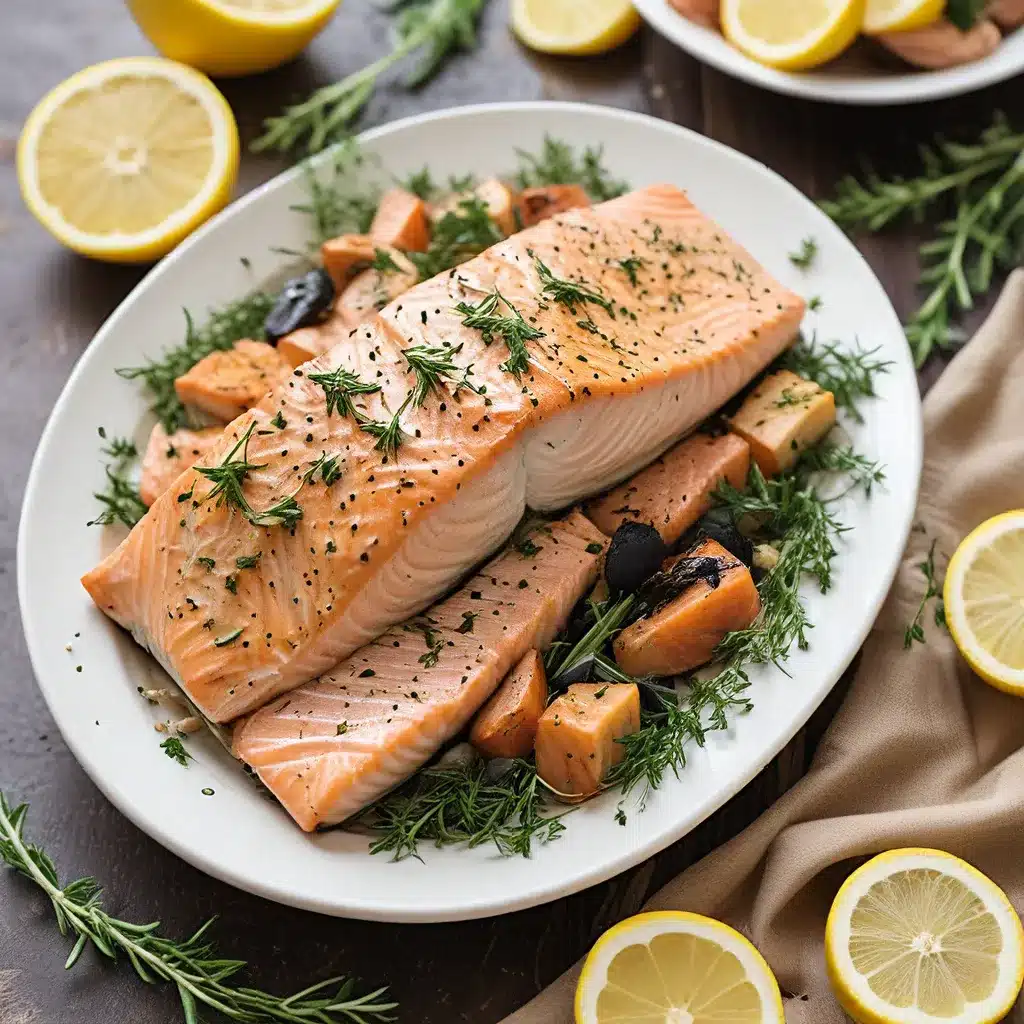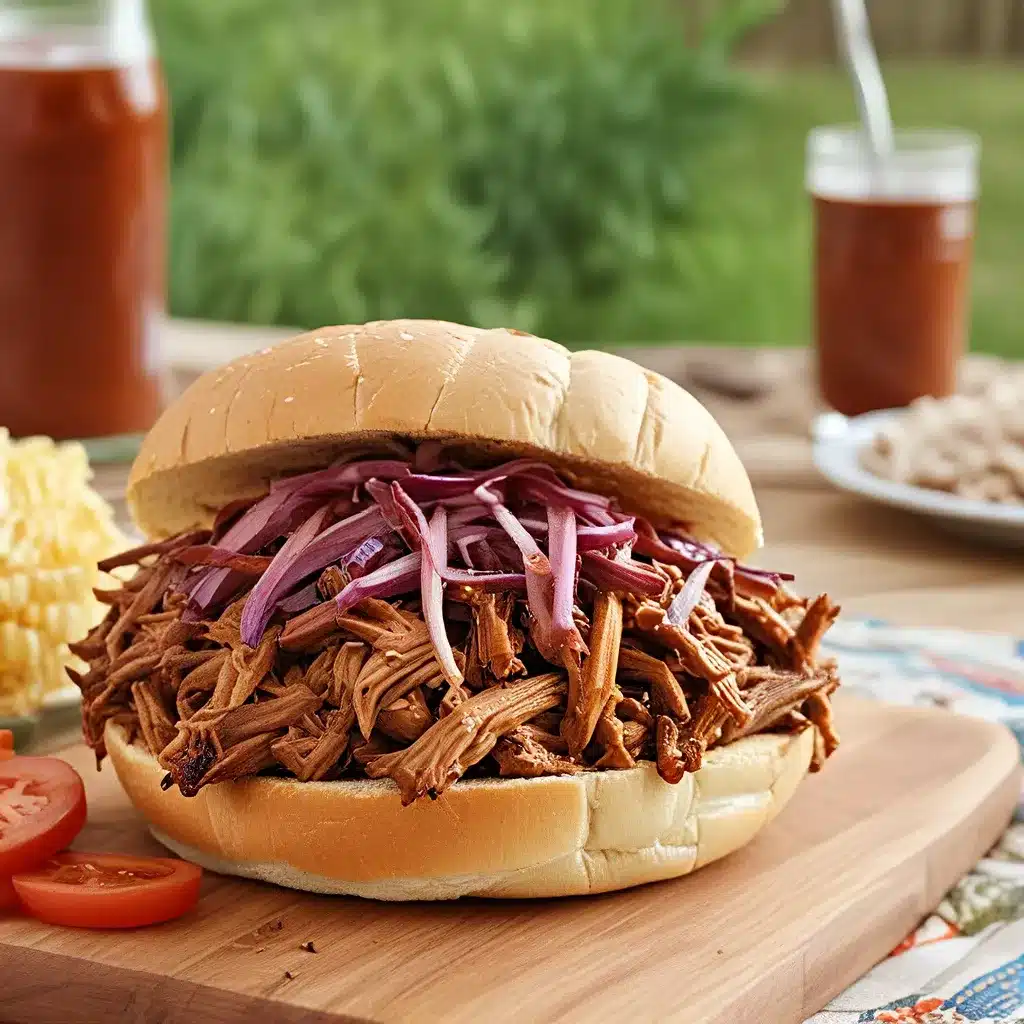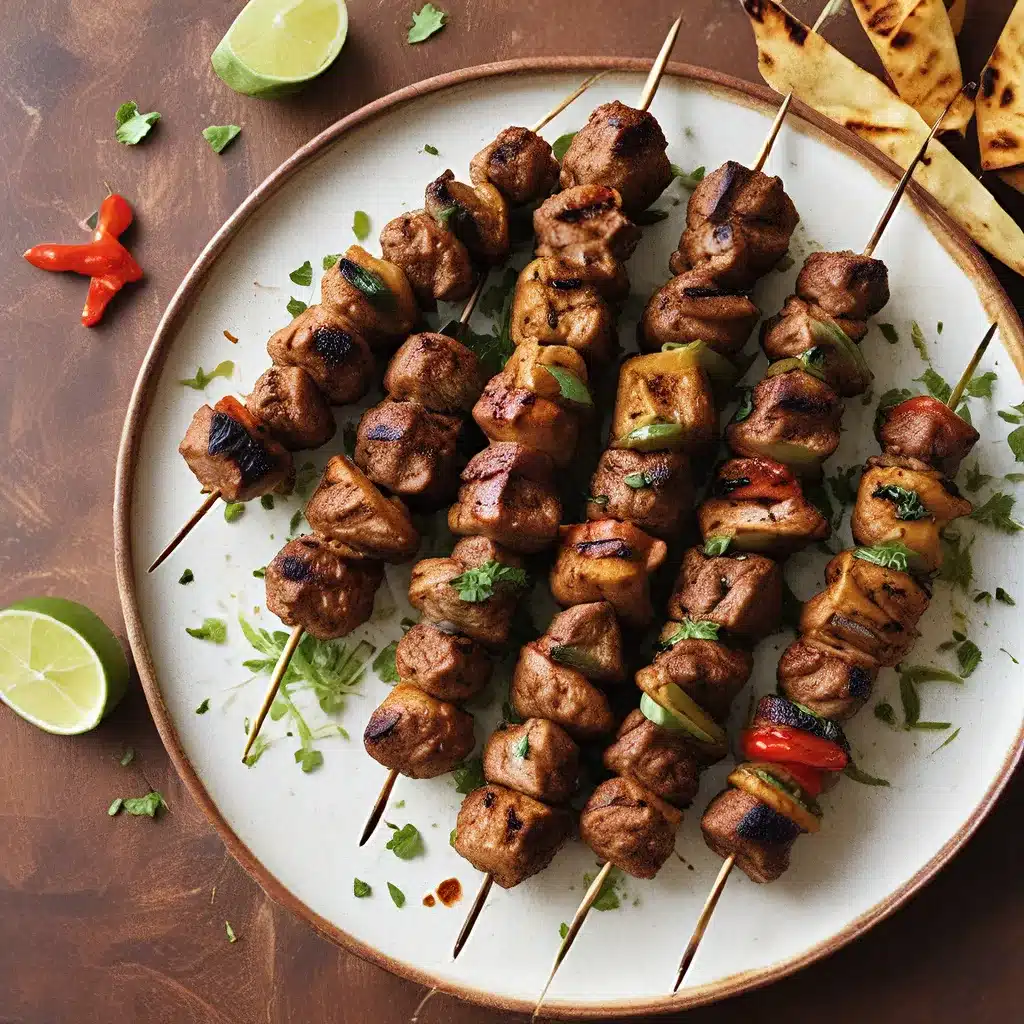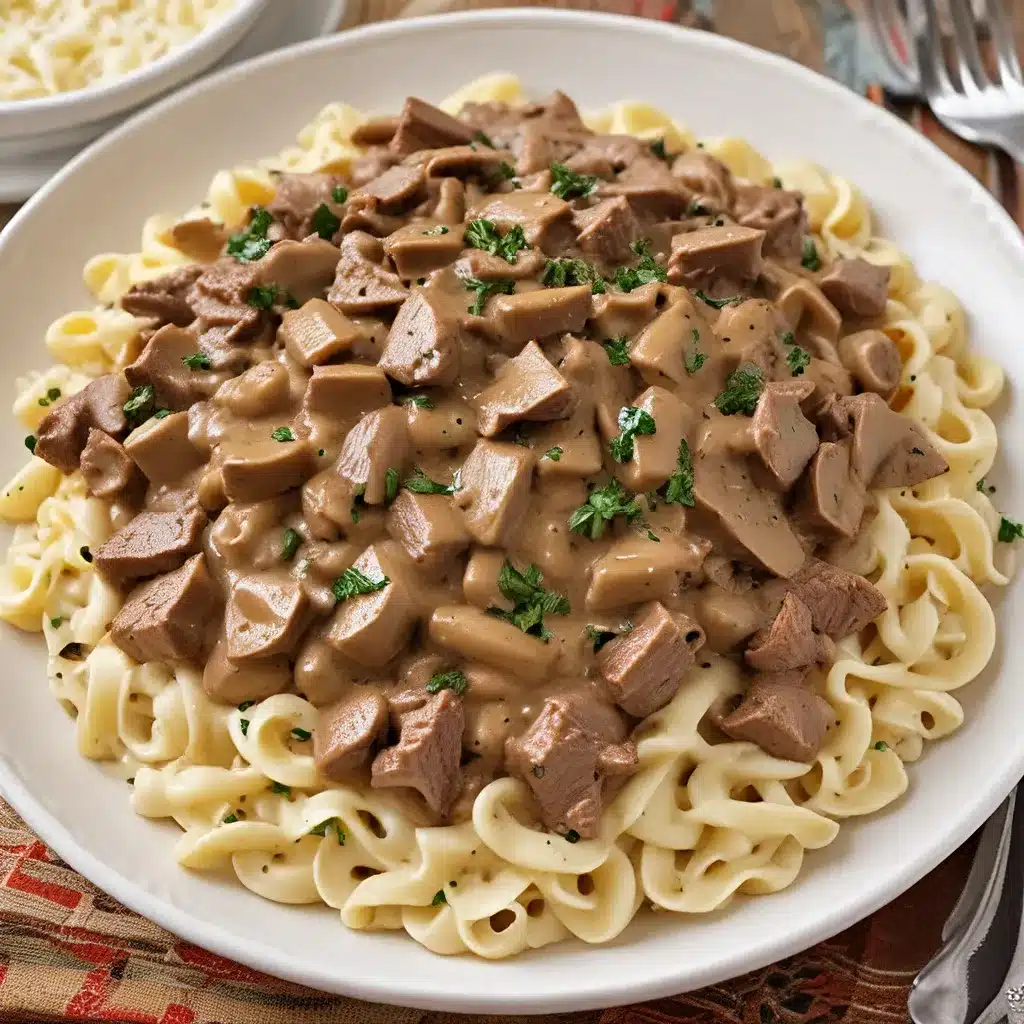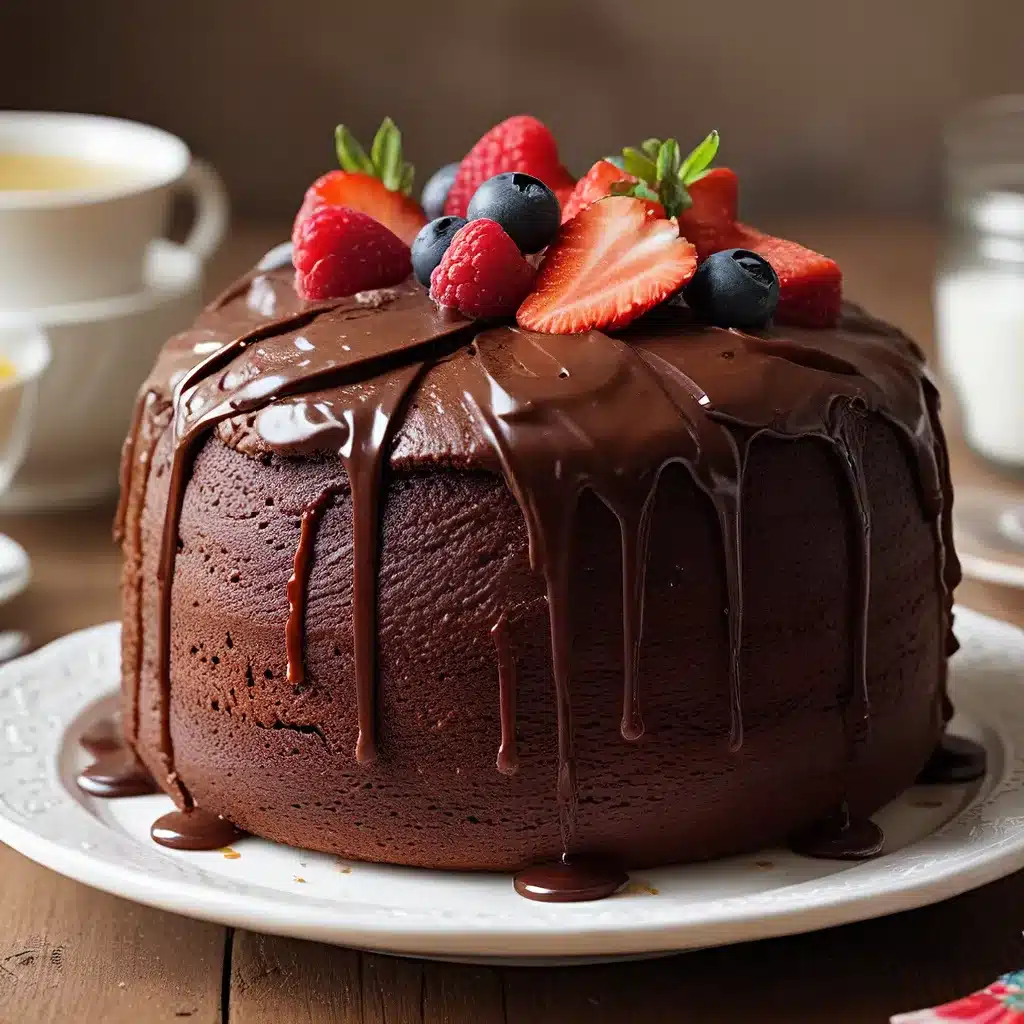
When it comes to creating the perfect cake, there’s nothing quite as satisfying as achieving that elusive balance of moist, tender crumb. It’s a baker’s holy grail, the holy trinity of cake perfection. And let me tell you, I’ve been on a decade-long quest to master the art of moist cake baking.
As the former owner of Amycakes Bakery, I know a thing or two about crafting cakes that leave your guests raving. We were renowned for our dense, soft cakes that stayed moist for days, and I’m excited to share the secrets I’ve uncovered over the years.
The Power of Buttermilk
One of the most important ingredients in achieving moist, tender cakes is buttermilk. Now, I know what you’re thinking – “Buttermilk? Isn’t that just for pancakes?” Well, my friend, let me enlighten you.
Buttermilk is an acidic ingredient that helps to break down the gluten in your batter, creating a more tender crumb. This little flavor powerhouse also complements the sweetness of your cake, adding a delightful tang that balances out the flavors.
I’ll admit, I used to be a bit skeptical of buttermilk-based cake recipes. But once I started experimenting, I was hooked. I found that cakes made with buttermilk consistently outperformed their milk-based counterparts in terms of moisture and texture.
So, the next time you’re looking to bake a moist, tender cake, be sure to reach for the buttermilk. And if a recipe calls for regular milk, don’t be afraid to make a quick substitution. Just be mindful that the leavening agents in the recipe may need a little adjustment to accommodate the change.
The Surprising Role of Vegetable Oil
Now, let’s talk about another ingredient that can make or break the moisture factor in your cakes: vegetable oil.
While butter may be the holy grail of flavor, it’s the vegetable oil that keeps your cakes moist and tender. You see, butter has a tendency to solidify at room temperature, while oil remains a liquid. This means that cakes made with vegetable oil will have a softer, more pliable texture, even straight out of the fridge.
Now, I’m not saying you should forgo the butter entirely. In fact, I always use a combination of butter and oil in my cake recipes. The butter provides that rich, decadent flavor, while the oil ensures your cakes stay moist and tender.
It’s all about finding the right balance. And let me tell you, once you nail that ratio, your cakes will be the talk of the town. Your guests will be begging for the recipe, and you’ll be basking in the glory of your moist, tender masterpieces.
The Magical Power of Instant Clearjel
Ah, the unsung hero of moist cake baking: Instant Clearjel. This modified cornstarch is a game-changer when it comes to retaining moisture in your cakes.
Now, I know what you’re thinking: “Cornstarch? In my cake? Isn’t that a bit weird?” Well, let me tell you, Instant Clearjel is no ordinary cornstarch. It’s a special modified version that helps your cakes hold onto more moisture, keeping them deliciously soft and tender.
I stumbled upon Instant Clearjel quite by accident, but once I discovered its magic, I knew I had to share it with the world. In fact, I wrote a whole article about this little-known baking ingredient and its incredible powers.
If you’re looking to take your cake game to the next level, definitely give Instant Clearjel a try. It’s a simple addition that can make a world of difference in the texture and moisture of your cakes.
The Cut and Stack Method
Now, let’s talk about a technique that I learned from the pastry chef Christina Tosi, the mastermind behind Momofuku Milk Bar. It’s called the Cut and Stack Method, and it’s a game-changer when it comes to ensuring your cakes stay moist and tender.
The basic idea is that you bake your cake in a half sheet pan, then use cake rings to cut out perfectly even layers. These layers are then stacked and frosted, creating a towering, bakery-worthy cake.
But the real magic happens in the cutting and stacking process. By cutting the cake into layers, you’re preventing the edges from overbaking. And by stacking the layers, you’re creating a more compact, dense texture that just oozes moisture.
I know, it sounds a little complicated, but trust me, it’s worth the extra effort. Your guests will be amazed by the professional-quality of your cakes, and you’ll be the talk of the town.
Putting It All Together
So, there you have it, the secrets to baking moist and tender cakes. From the power of buttermilk to the magic of Instant Clearjel, these are the techniques that I’ve honed over the years to create cakes that are the stuff of legend.
But don’t just take my word for it. Head on over to Home Cooking Rocks and try out some of my extra-moist cake recipes. I guarantee they’ll have your friends and family raving about your baking prowess.
And who knows, maybe you’ll even discover your own signature cake secrets along the way. Baking is all about experimentation, after all. So, get out there, get your hands dirty, and start unlocking the mysteries of moist cake baking. Trust me, the rewards are well worth it.

